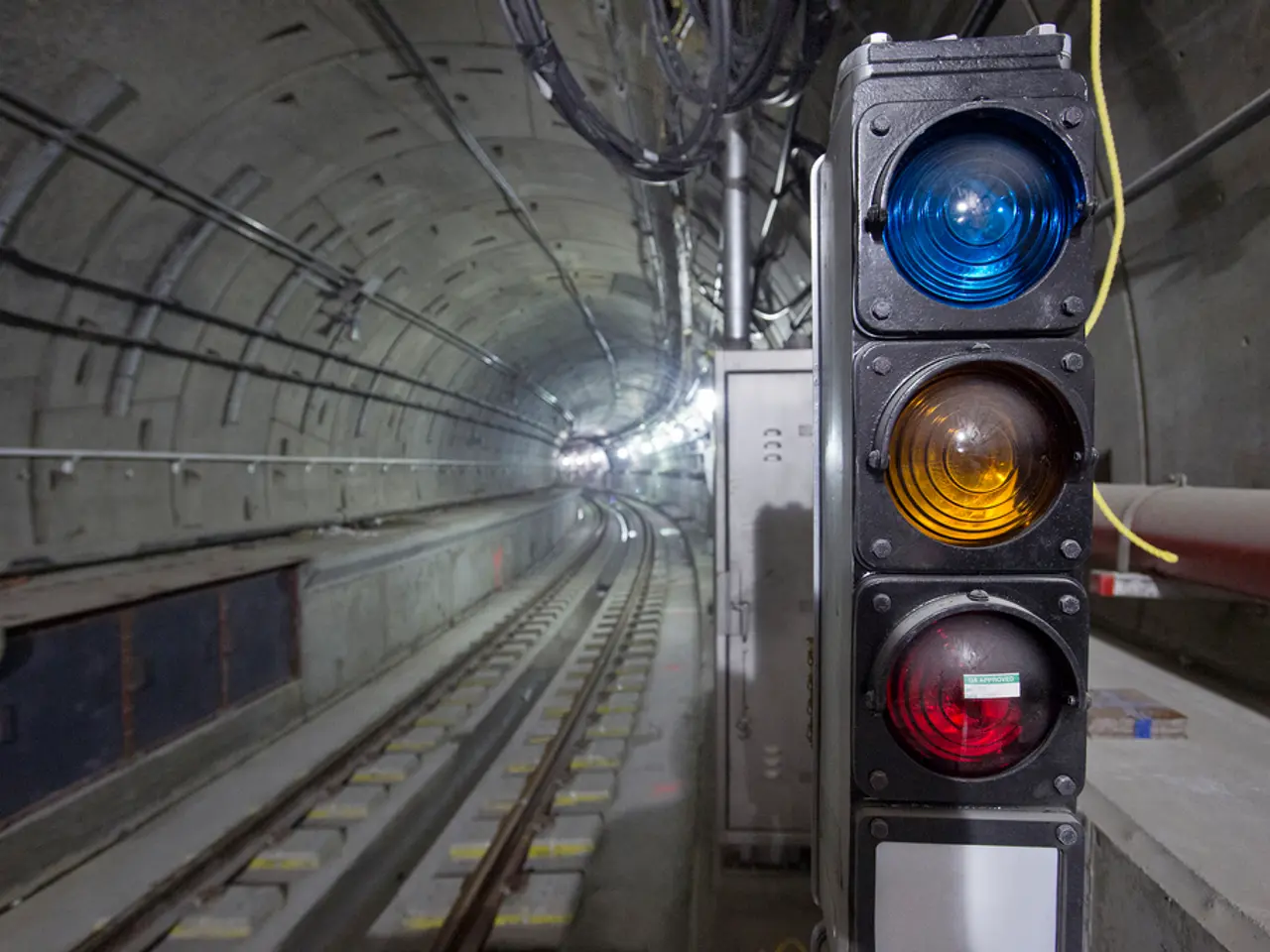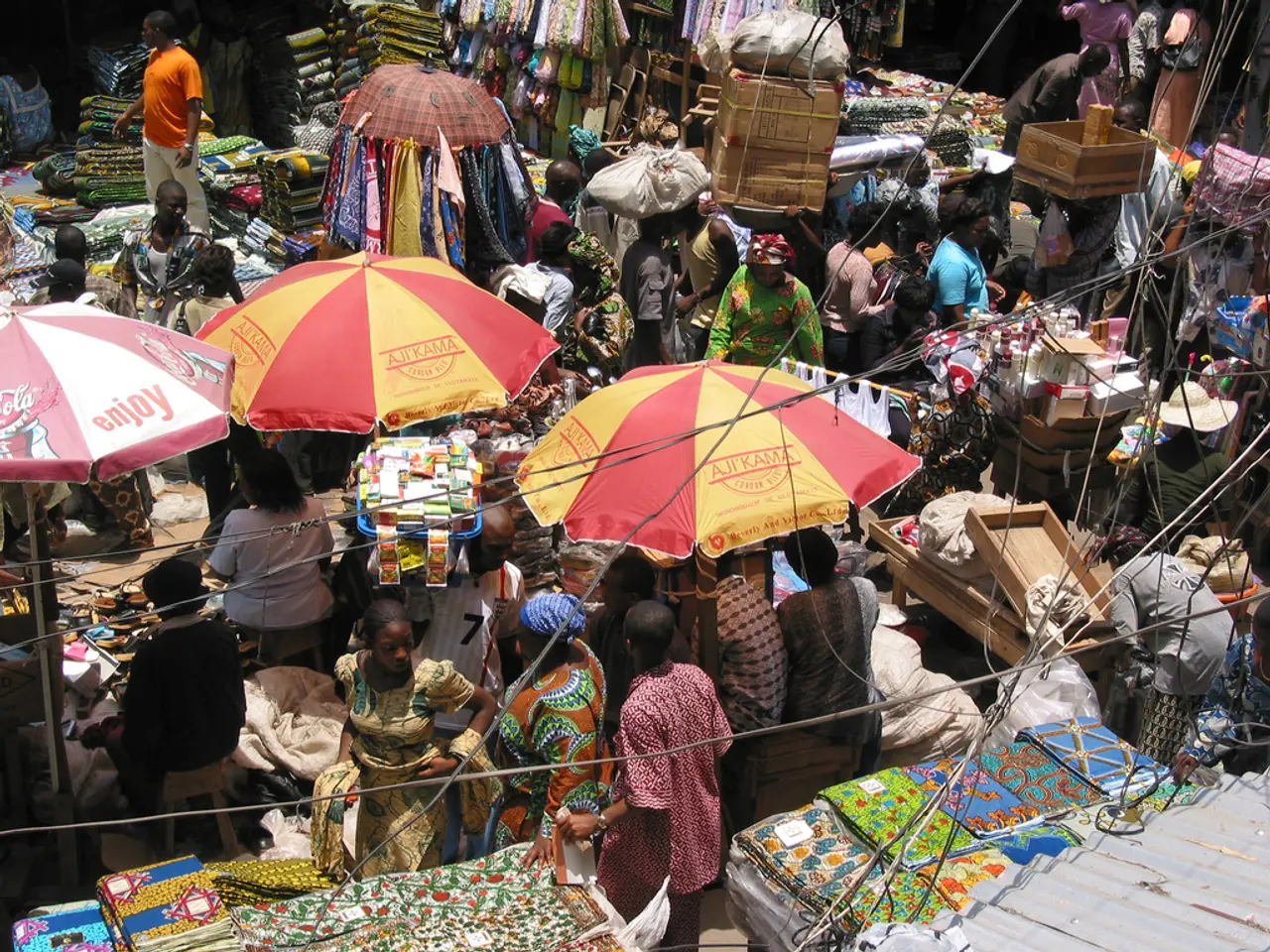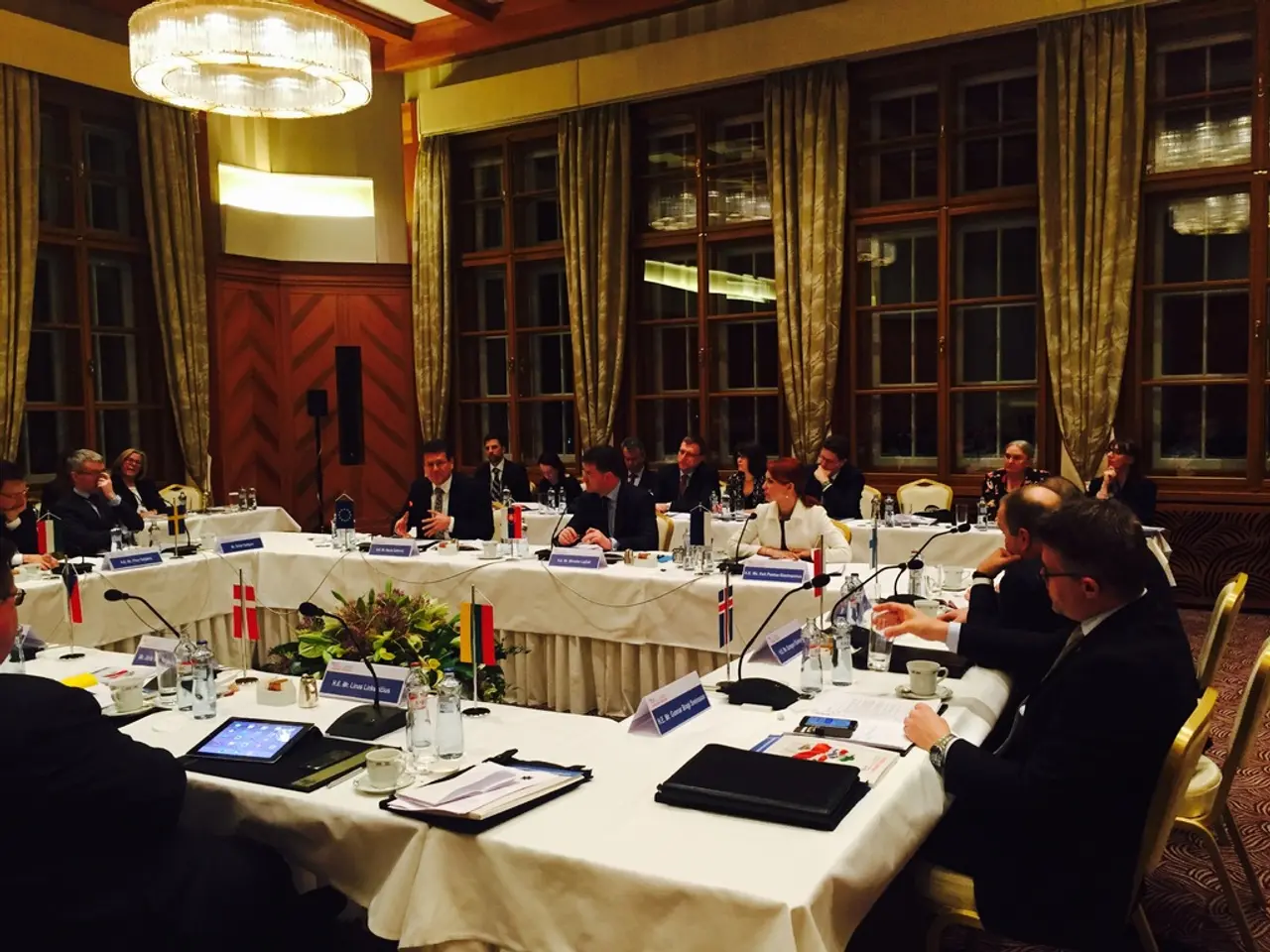Underground Transportation Crisis: Unacceptable Subway Collapses Cannot Continue to Occur Frequently
Last week, power outages at West 4 St-Washington Square paralyzed multiple subway lines, causing hours-long suspensions and delays for riders. Crews worked in blazing heat to restore service, with more than 10 men needed to move the equipment.
The power outages occurred in extremely hot conditions, highlighting the MTA's vulnerabilities in the face of aging infrastructure and extreme weather. The MTA's 20 Year Needs Assessment reveals significant issues with nearly 50% of buses, 2,000 railcars, and 36% of power substations in poor or marginal condition, along with outdated signal systems dating back to the 1930s causing frequent delays.
To address these challenges, the MTA has proposed a historically ambitious commitment to modernize New York's transit system. The MTA's $68.4 billion 2025-2029 Capital Plan focuses on State of Good Repair, aiming to fix immediate problems and transform the system long-term with improvements in reliability, accessibility, and resilience.
The plan includes nearly $8 billion in Metro-North improvements focusing on ADA accessibility upgrades, platform expansions, system renewals, and resiliency enhancements such as for the Hudson Line. The plan advances critical signal and train control modernization projects, including full deployment of Communication Based Train Control (CBTC) on several lines to improve reliability and capacity.
Twelve more subway stations will receive accessibility upgrades, part of a broader goal to have 95% of stations ADA-accessible by 2055, with the capital plan accelerating these efforts five times faster than previously done.
JP Morgan has suggested that the MTA should spend $16-23 billion annually to maintain the system, a figure that the MTA's Capital Plan aims to address through its comprehensive upgrades. The MTA is fighting in Albany for funds to upgrade power rooms and signals, replacing 100-year-old technology with modern, resilient ones.
The MTA's promise is to be a voice for customers, ensuring reliable service. The goal is for riders to be able to count on getting where they're going on time, every time. While the plan’s success depends on effective implementation and continued funding, it represents a blueprint for transformation that directly responds to the aging infrastructure, operational unreliability, and climate resilience needs identified in the 20-Year Needs Assessment.
Notably, the 7 and L lines, with modern technology, are the best performing in the entire system. The MTA, with its $1.5 trillion in assets, is hoping to replicate this success system-wide. The 2025-2029 Capital Plan is positioned as a blueprint for transformation that directly responds to the aging infrastructure, operational unreliability, and climate resilience needs identified in the 20-Year Needs Assessment.
- Transforming the entire transit system, rather than just a specific line, will require significant investment in environmental-science-based technologies that enhance resilience to climate change, like the modern technology on the 7 and L lines.
- The improvement and maintenance of the MTA's aging infrastructure, which includes buses, railcars, power substations, and signal systems, is not only an industry issue but also an environmental-science concern due to its impact on the city's environment and the urgency driven by climate-change.
- Financing from various sources, including private investments, will play a crucial role in the implementation of the MTA's ambitious plans for transportation modernization, ensuring the system's competitiveness in the face of growing challenges from climate change, aging infrastructure, and industry advancements.




